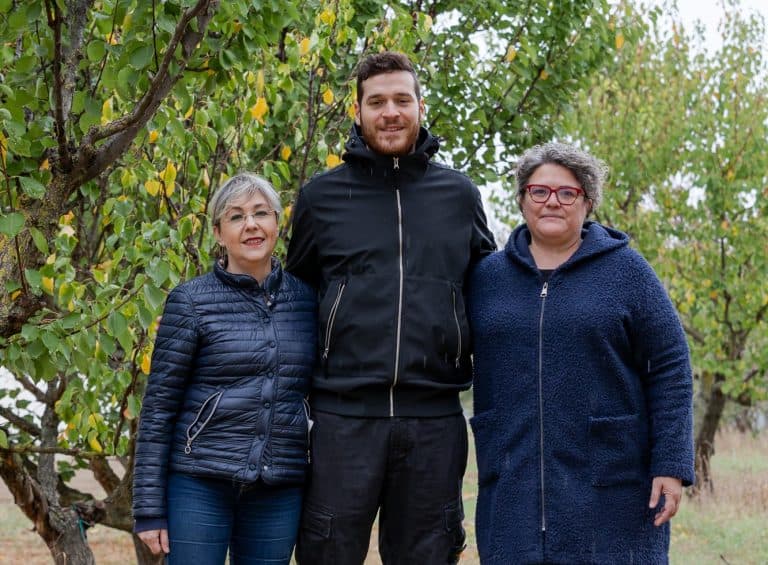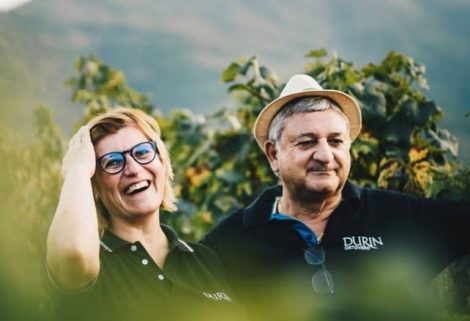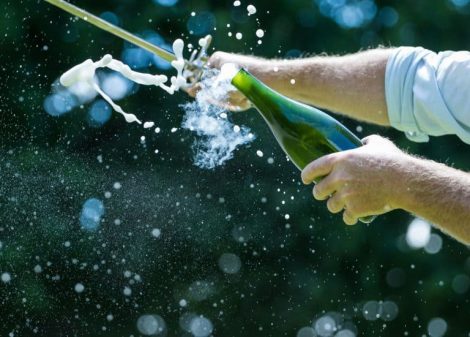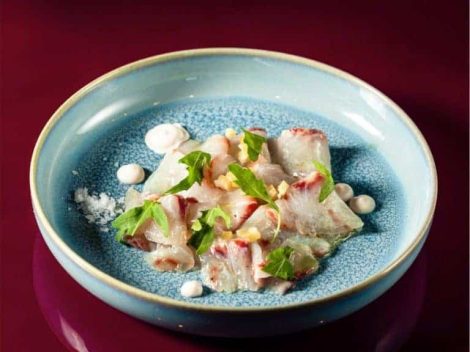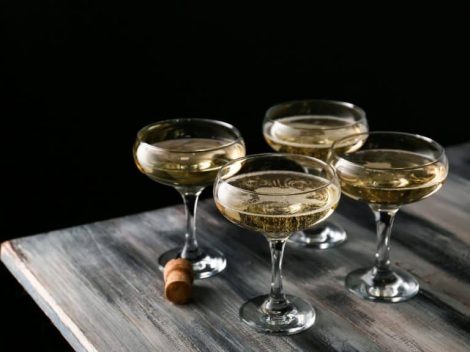The agave is, and has been, vital to the indigenous peoples of Ecuador, who used this plant to procure food, wash and even dress themselves. The crushed roots of some varieties were used to wash their hair or, once coloured with cochineal, to make textiles; the woody stems of other varieties were and still are used to make musical instruments; and the flower buds, pickled in a mixture of white vinegar and agave vinegar, make excellent, edible “agave capers”. A plant of which nothing is thrown away, all the more so its sap, which after double distillation is transformed into miske. An ancestral indigenous drink, as told by El País.
Miske's revenge
Denigrated as the water of the Indians or the water of the poor, its importance in Ecuadorian culture began to fade, as did the trade of the mishquero, or the person in charge of extracting the nectar (chawarmishki) by pinpointing exactly where it is best to cut the piña (the heart of the agave) and at what angle. Until a few nostalgics started spreading the word, one among them Diego Mora the founder of Casa Agave in Quito. A distillery, museum and tourist space, it is now the main driving force behind miske in Ecuador, with some of the credit for getting this distillate the denomination of origin. 'Here in Ecuador,' Mora tells El País, 'the plants have perpendicular light 365 days a year, which translates into sugars that will contribute to its distillation'.
How miske is obtained
First, the plant must be at least ten years old, after which it is cut only in the middle to collect the inner liquid. Well processed and well treated, it will provide ten litres of juice per day for forty days; four hundred litres per plant collected by the mishqueras: whereas in the past the chawarmishki collectors were men, today they are almost exclusively women. Then the juice is spontaneously fermented, then distilled twice and, in the case of miske reposado, aged in oak barrels. Et voila the miske, the distillate that is a candidate to become as famous as tequila. It has all the credentials.

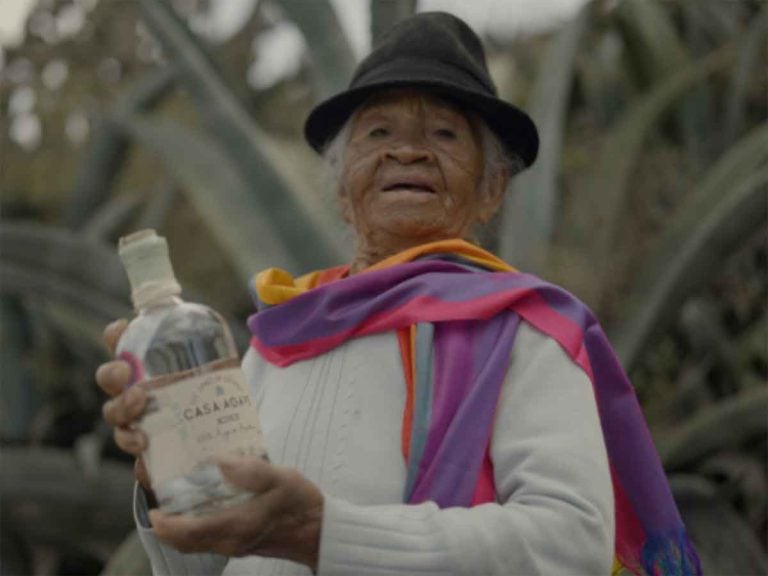
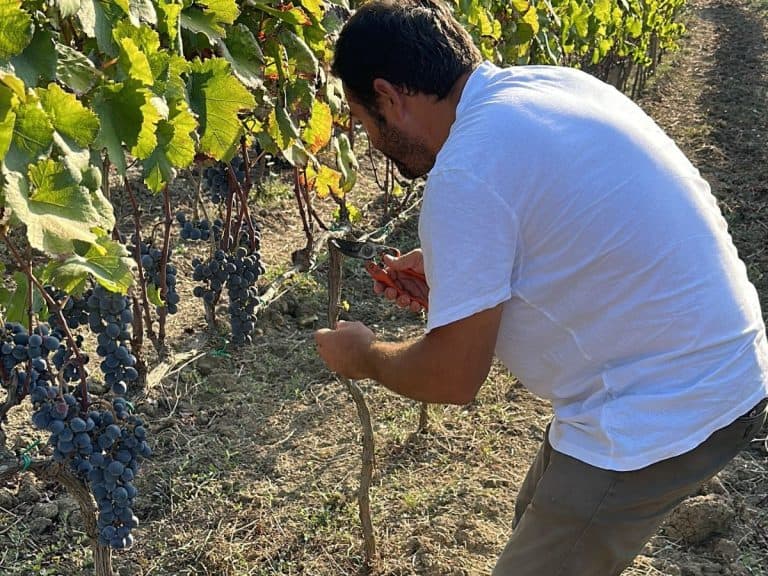 The first natural wine in Albania? It's produced by two Italian sommeliers and a winemaker from Vlora
The first natural wine in Albania? It's produced by two Italian sommeliers and a winemaker from Vlora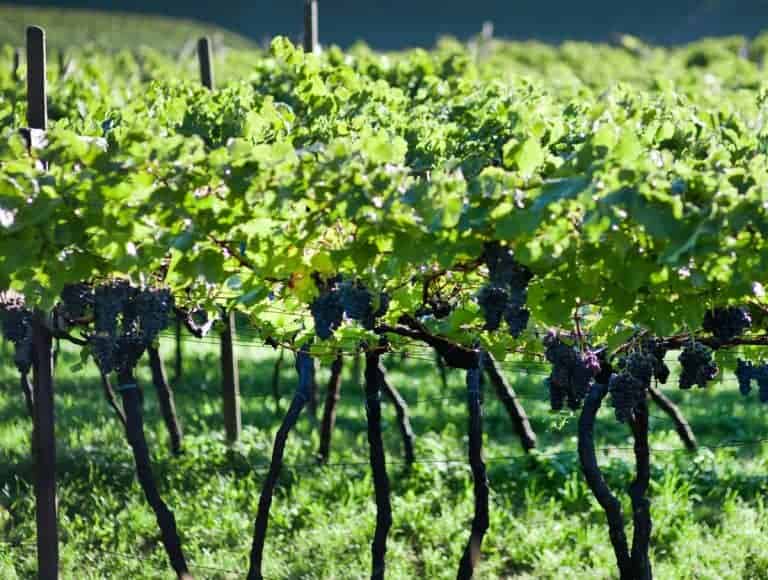 Author’s 'Schiava'. The Alto Adige label from Girlan challenges great international reds: the tasting
Author’s 'Schiava'. The Alto Adige label from Girlan challenges great international reds: the tasting The incredible couple who taught Americans Italian cooking: the story of Marcella and Victor Hazan
The incredible couple who taught Americans Italian cooking: the story of Marcella and Victor Hazan Will the perpetual reserve save Champagne from climate change?
Will the perpetual reserve save Champagne from climate change?